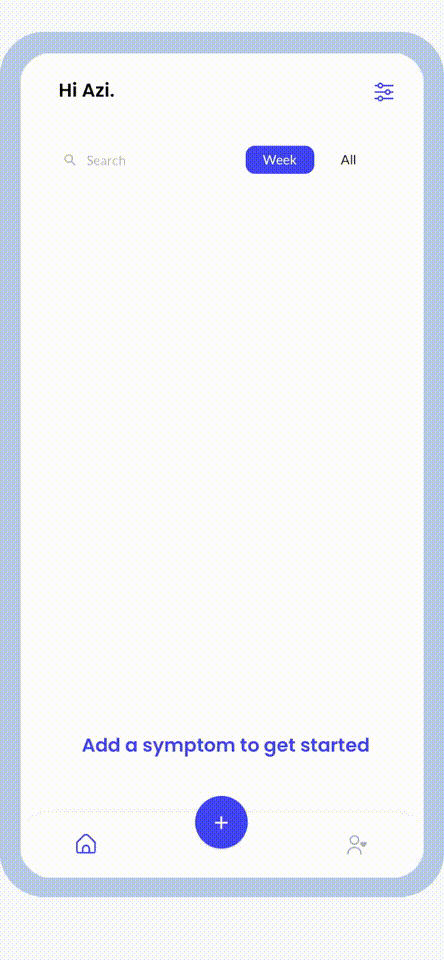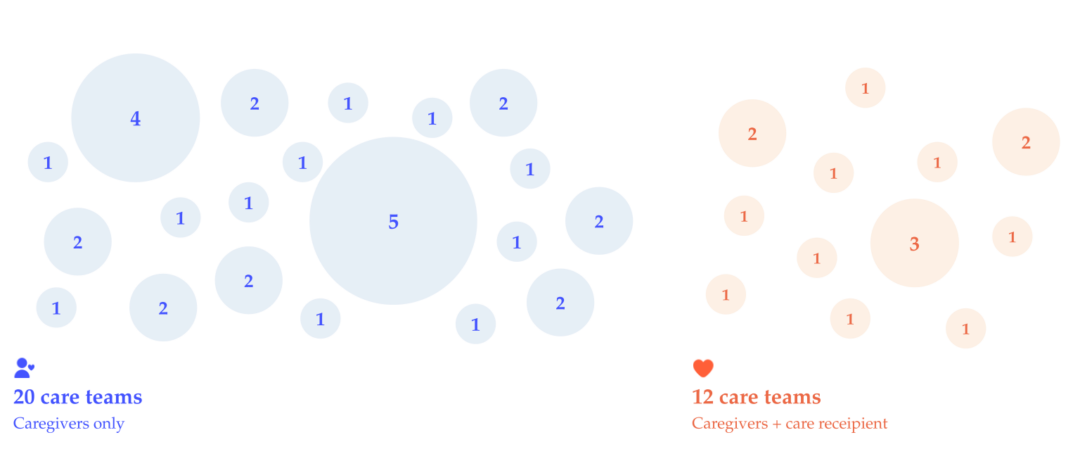Co-Creating Pal: How Real-World Feedback Shaped Our Product

Pal

Pal

After months of conversations and co-creation with our community, we knew exactly what to build. But instead of diving straight into developing all four functionalities in isolation, we took a more collaborative and deliberate approach—testing our solution in a real caregiving setting.
We chose one functionality to develop first and built it using a no-code platform. This reduced time to market, lowered development costs (necessity being the mother of invention), and, most importantly, shortened the feedback and iteration cycle.
The functionality we prioritized was At-Home Monitoring, one of the most highly requested features.

It helps patients and family caregivers observe, recognize, and track symptoms and their intensity over time. Studies prove that this leads to better symptom management, increased comfort, reduced risks of complications, and, above all, an improved quality of life for patients.
We invited a mix of independent care recipients and chosen family caregivers from diverse backgrounds and locations to get a comprehensive understanding of their needs regarding usability, functionality, and language.
Our closed beta pilot included 50 participants: 38 family caregivers and 12 care recipients from nine countries. These participants represented the core groups Pal was designed to serve. Over an average of three weeks, they integrated Pal into their care journey, sharing invaluable feedback through interviews, surveys, and analytics.
The structure of the pilot included 32 care teams, each consisting of 1 to 5 users. Of these, 12 teams featured both caregivers and care recipients as users, while 20 teams were caregiver-only. This is how the care teams were spread:

The care recipients (a total of 32 individuals) authentically reflected the palliative care landscape, with the majority navigating cancer diagnoses.
The pilot was designed to address four critical areas:
Our closed beta pilot, tested in real caregiving settings, confirmed a strong demand for a personalized digital tool in palliative care.
In-depth conversations and feedback highlighted additional features to support and encourage ongoing engagement:
Here’s what our users told us:
The pilot reinforced the value of ongoing user collaboration. Our participants truly became co-creators, guiding Pal’s development and making sure it’s rooted in real caregiving experiences. Their feedback continues to shape Pal’s evolution, to this day.

Written by Pal